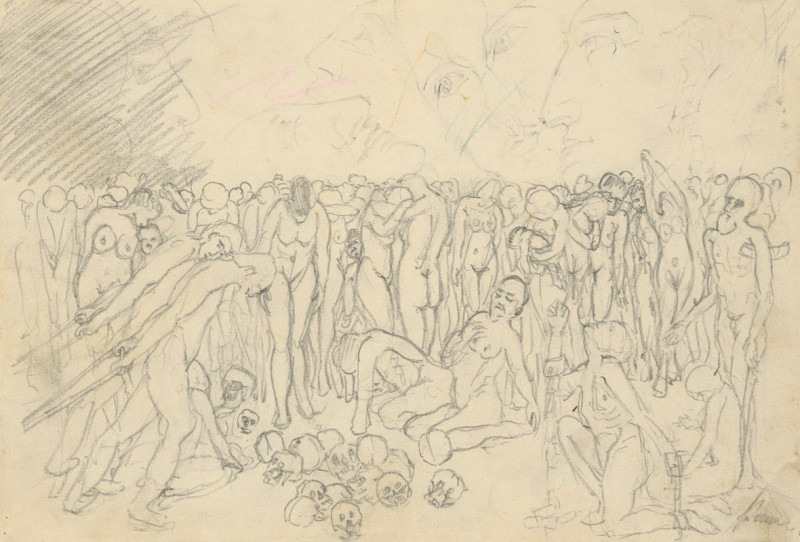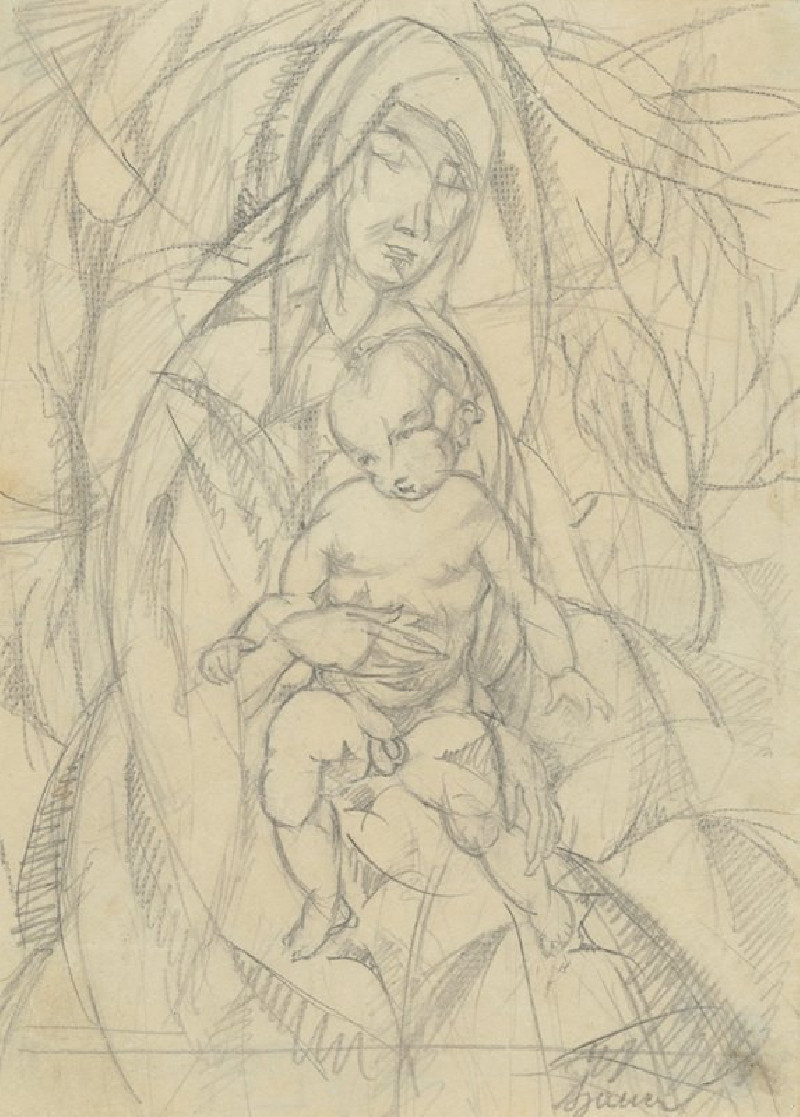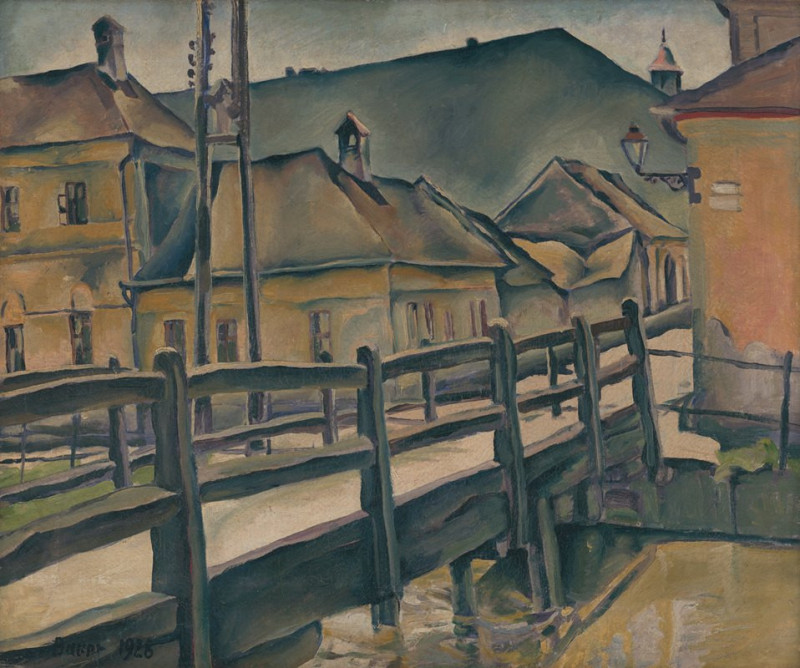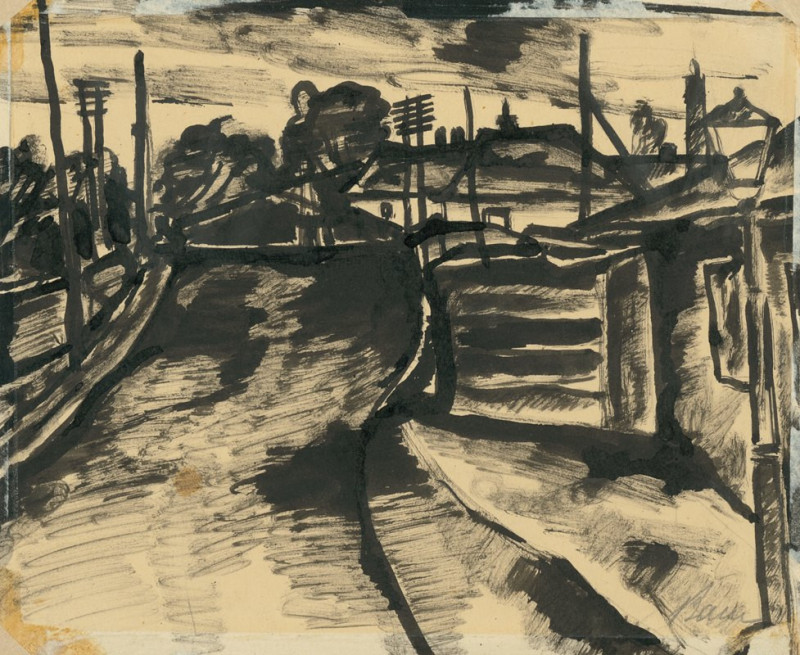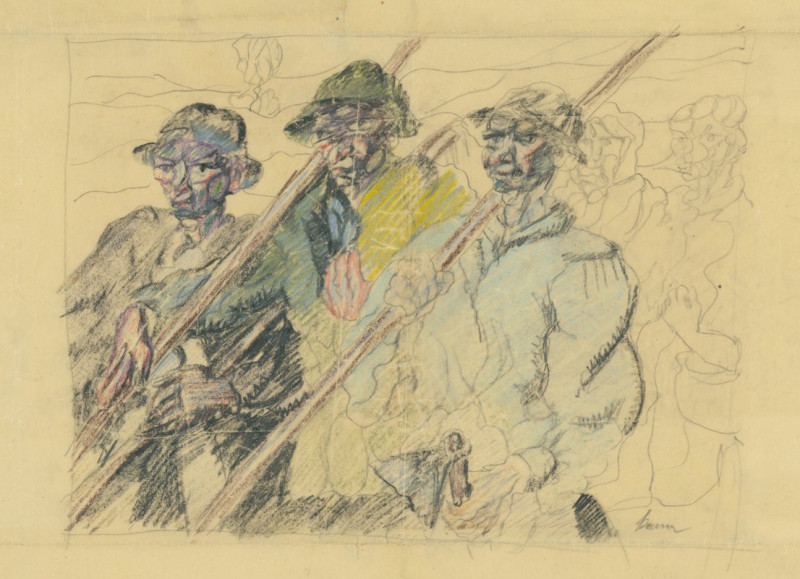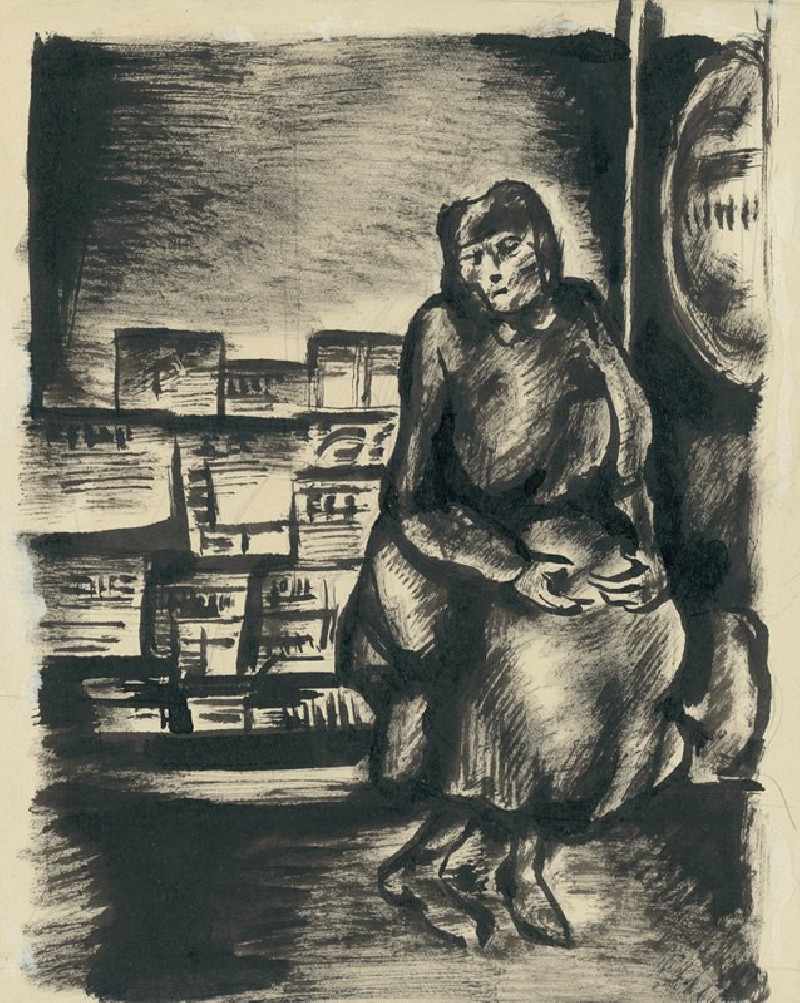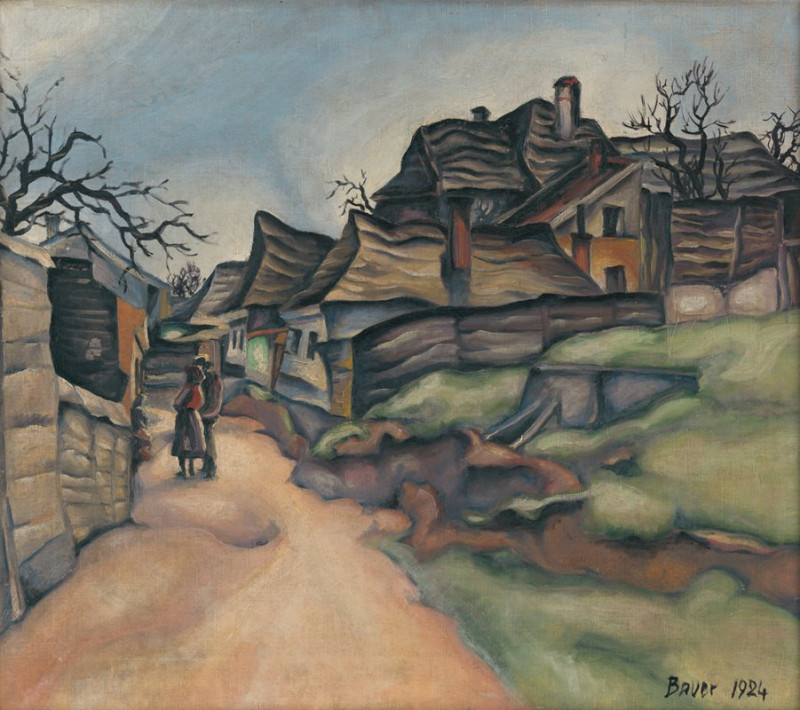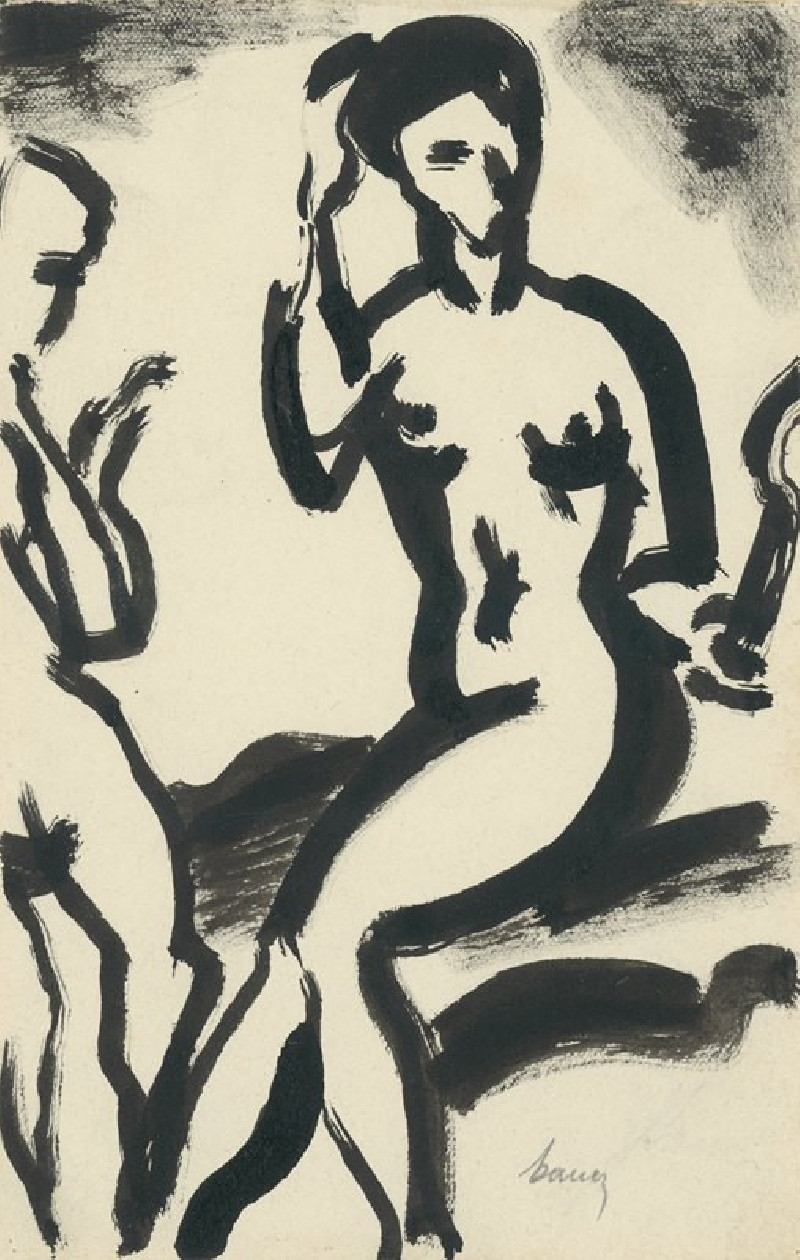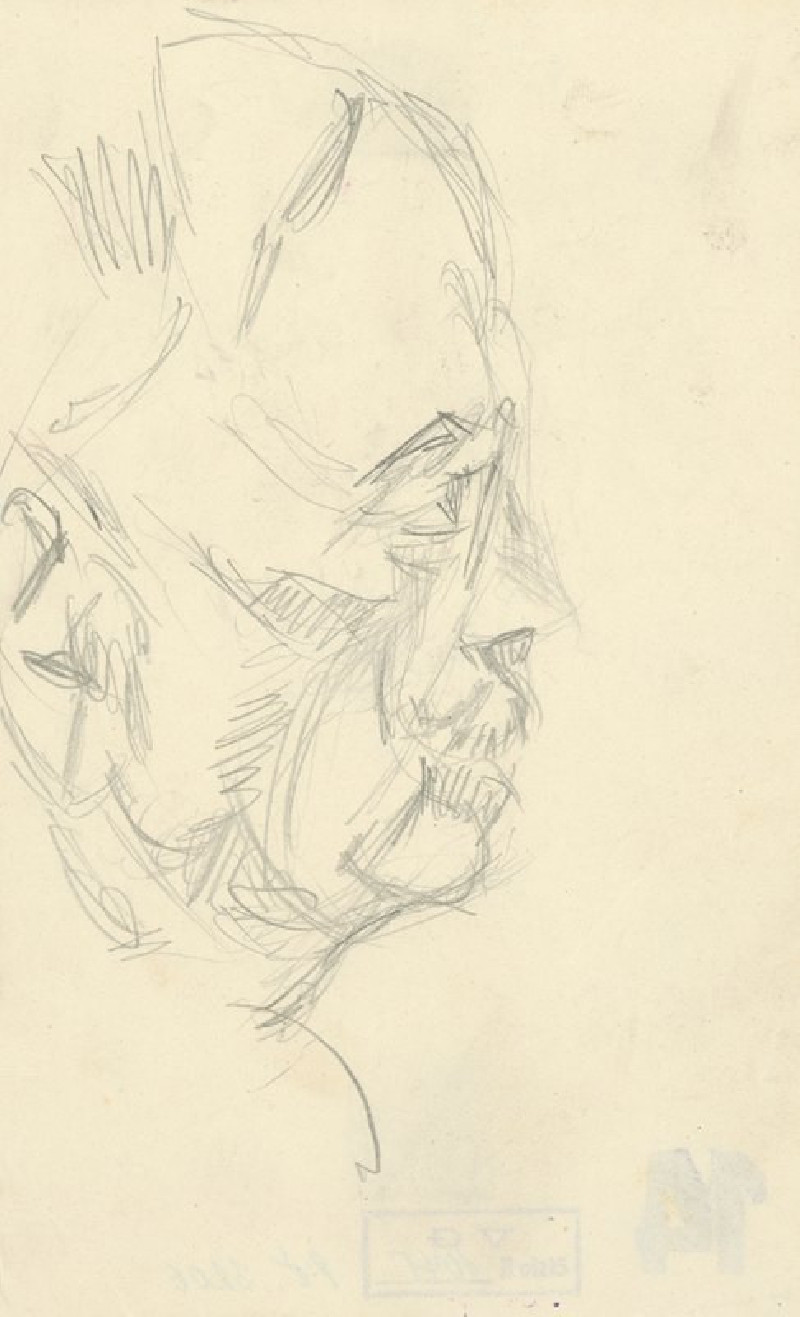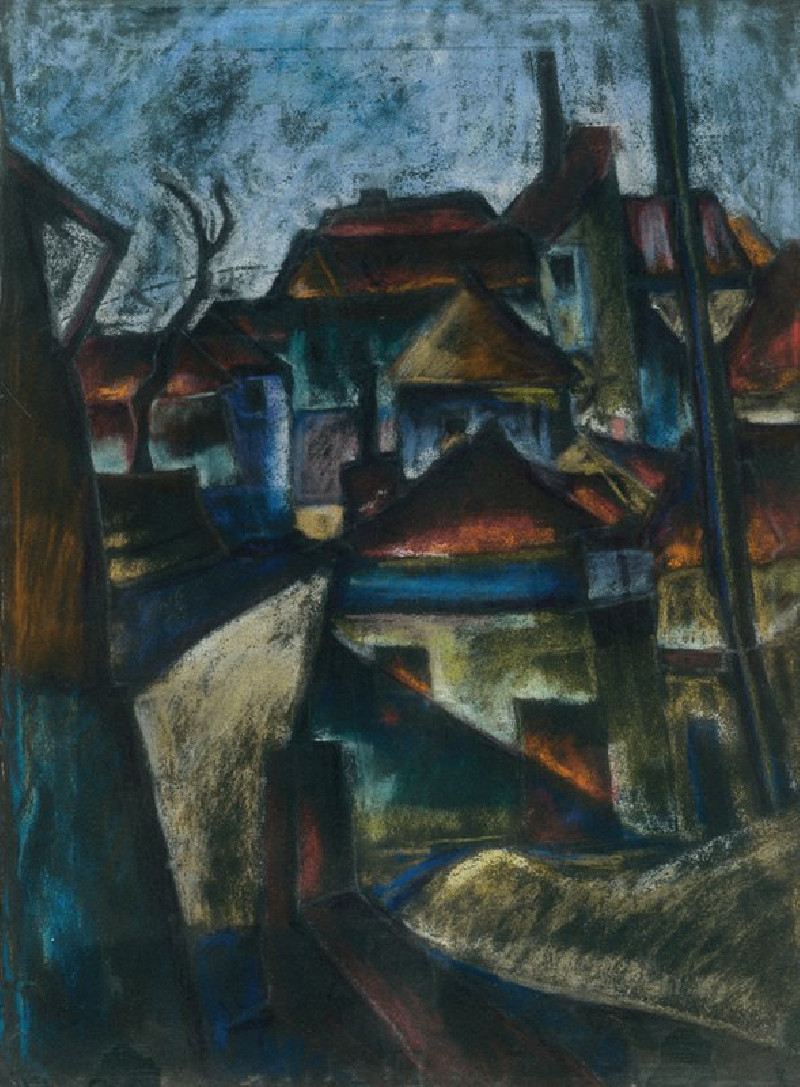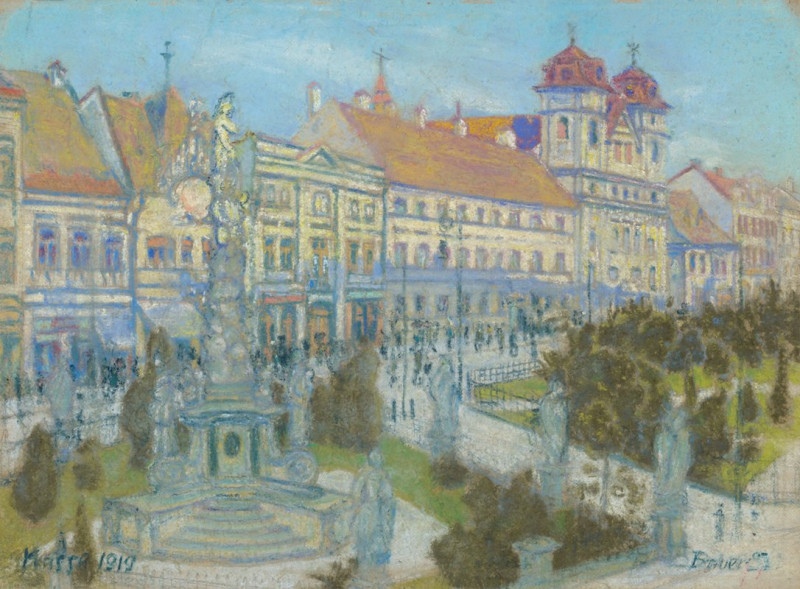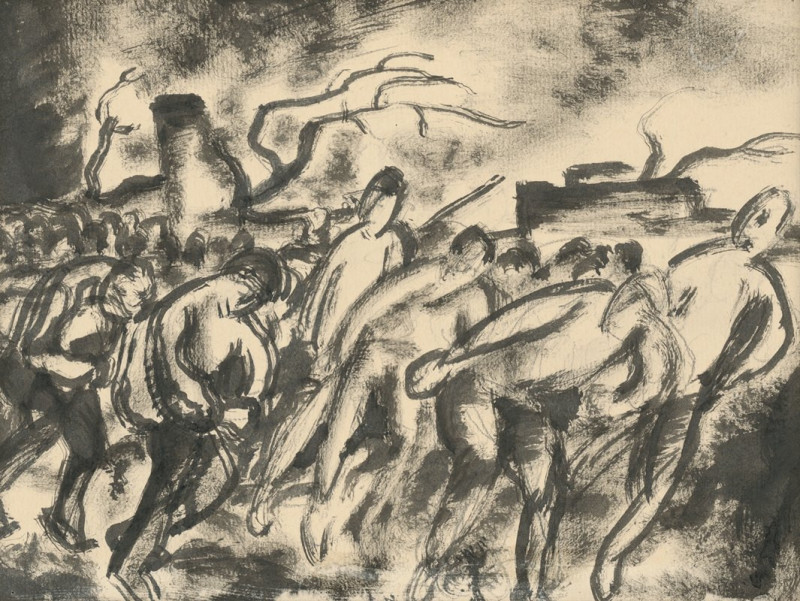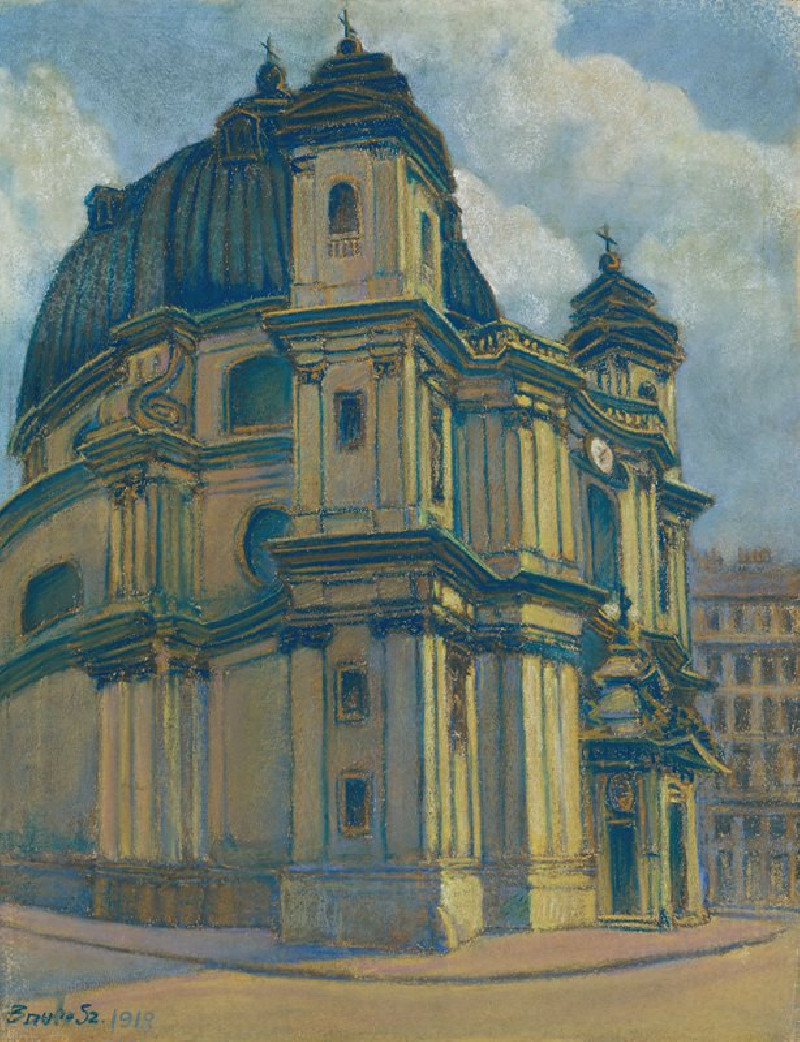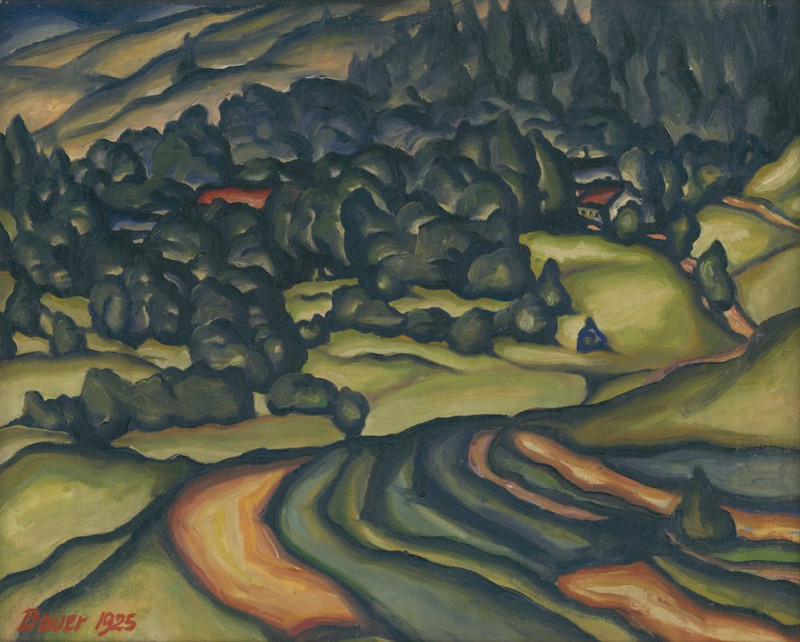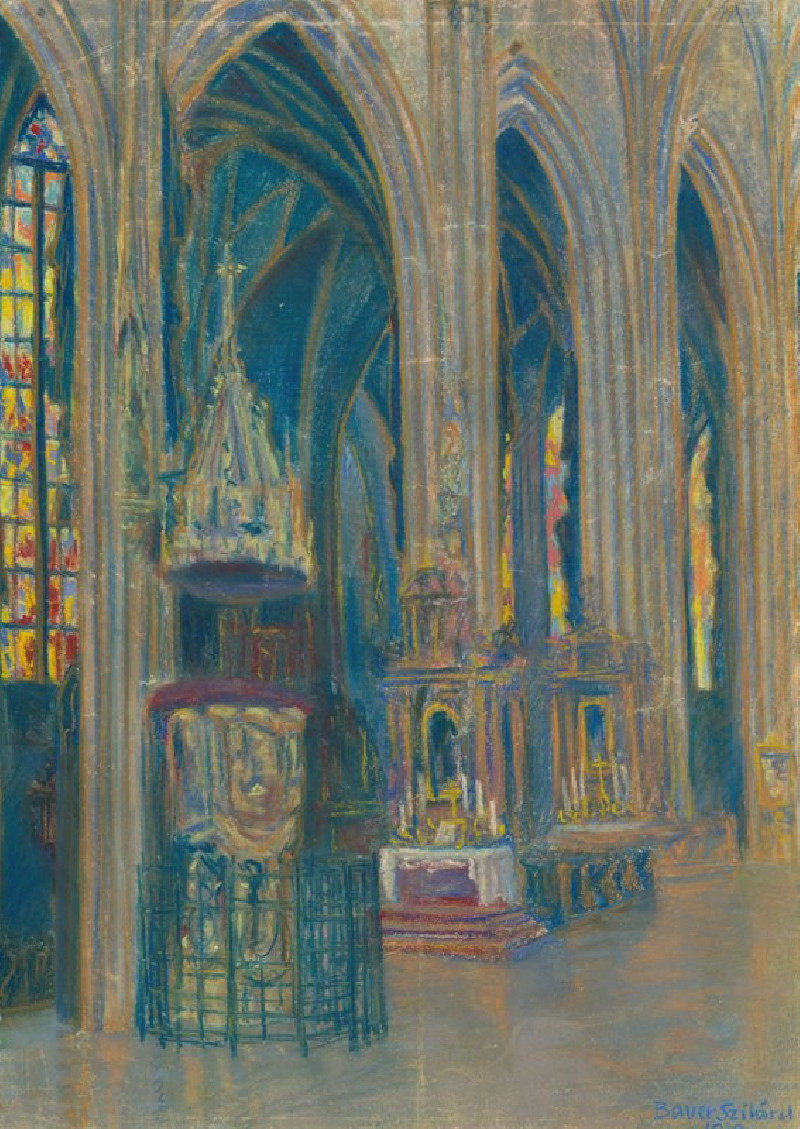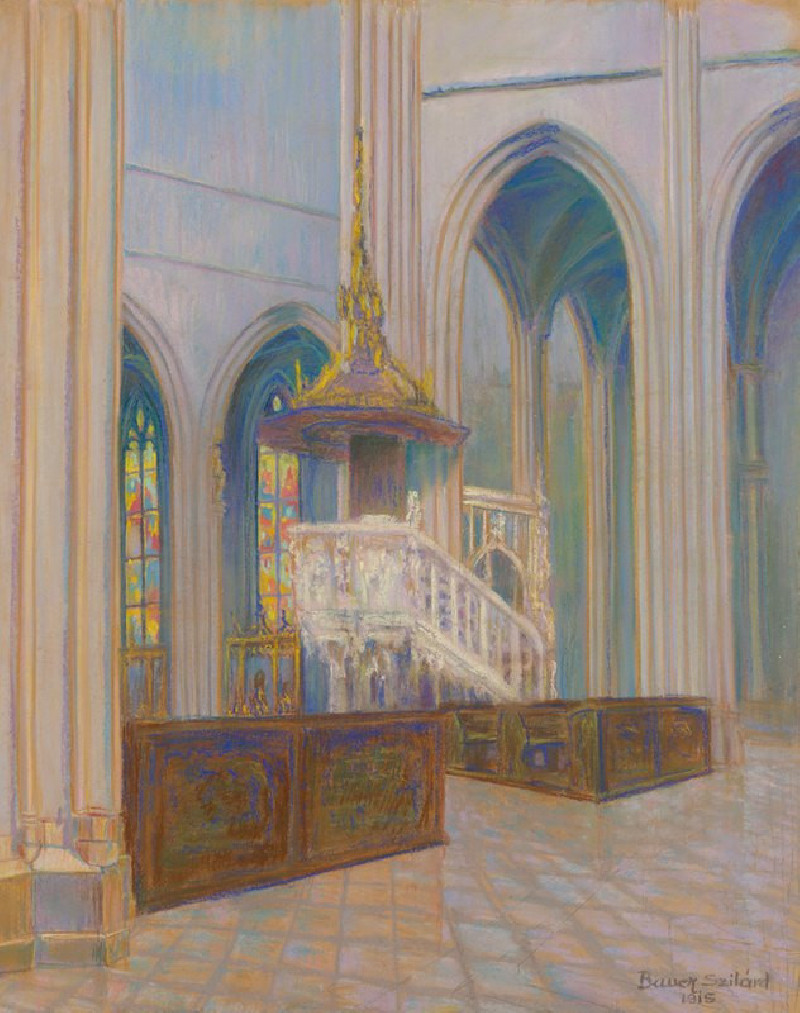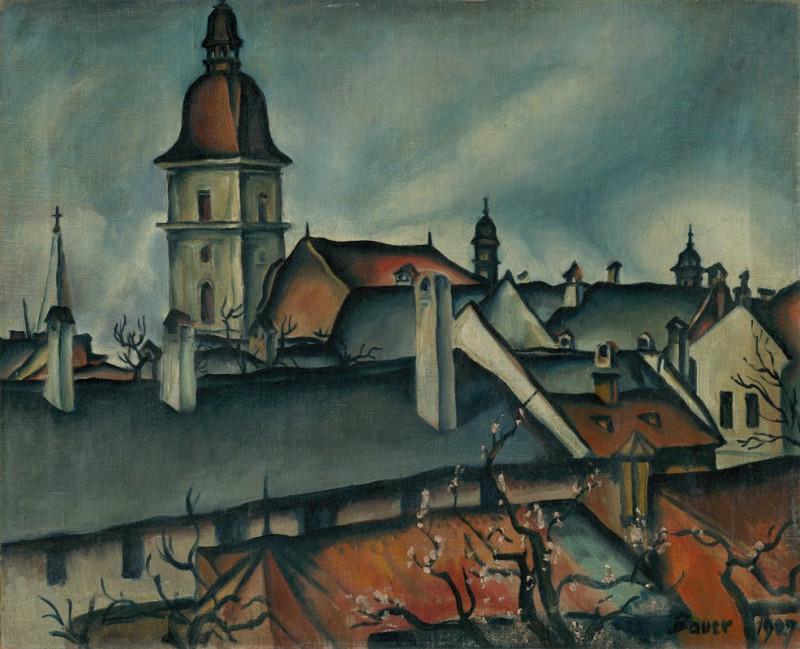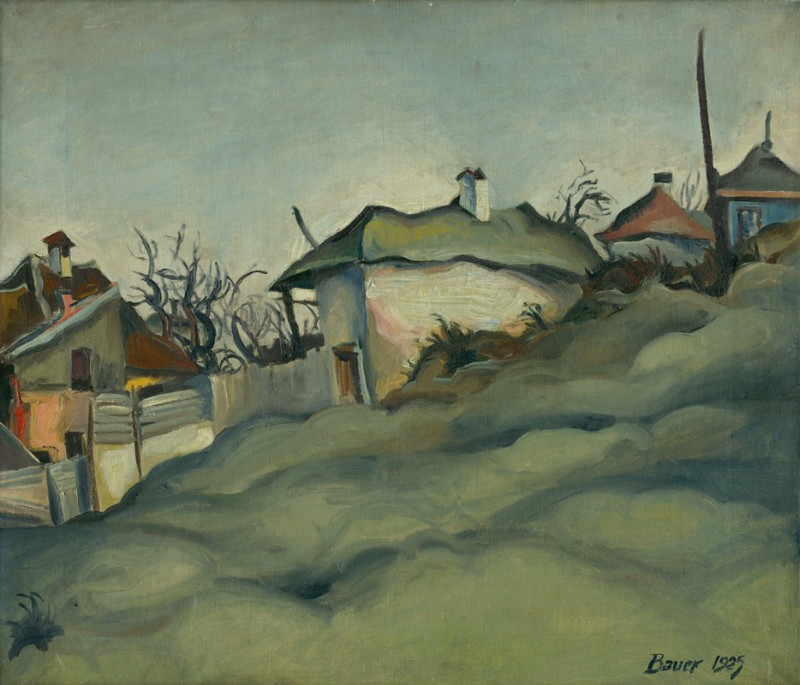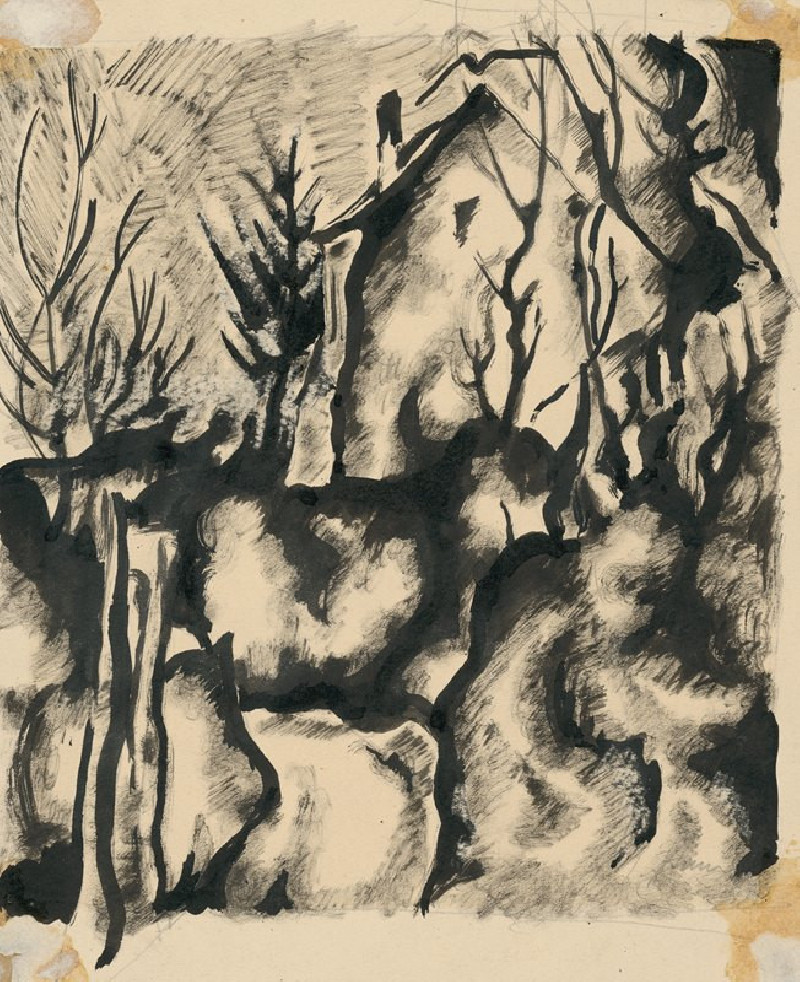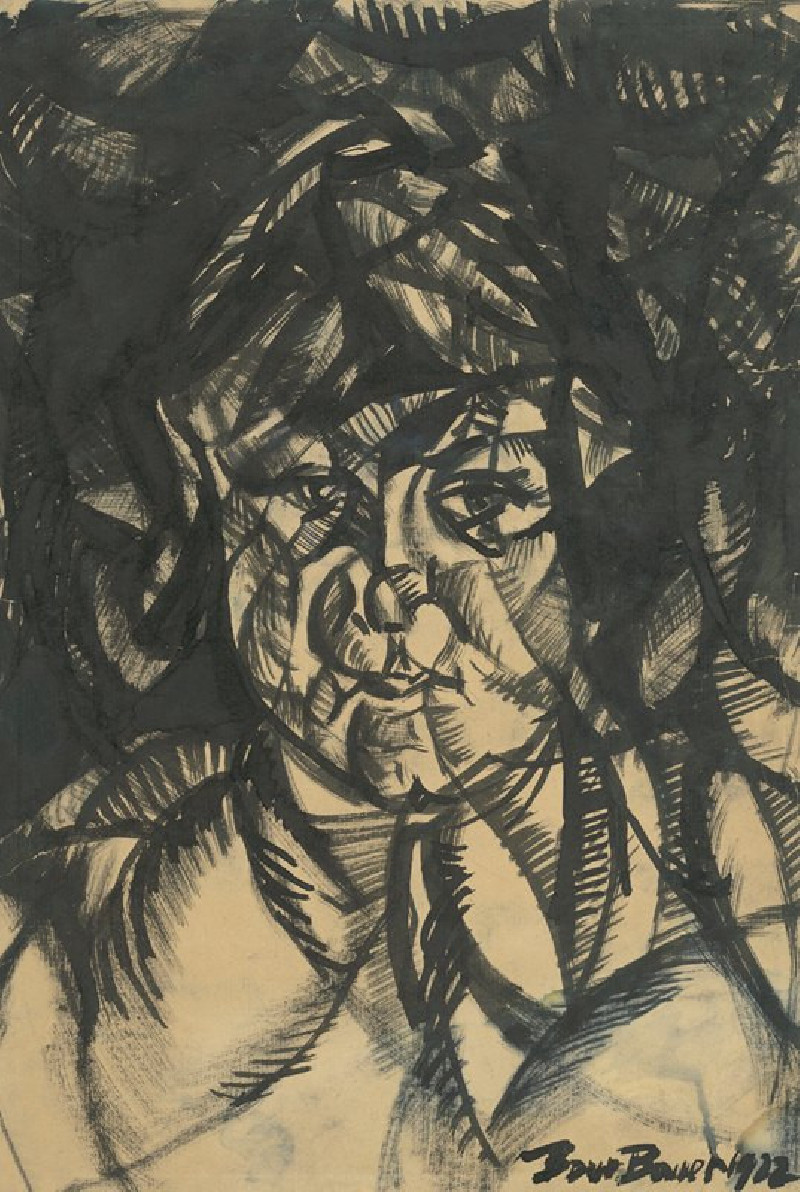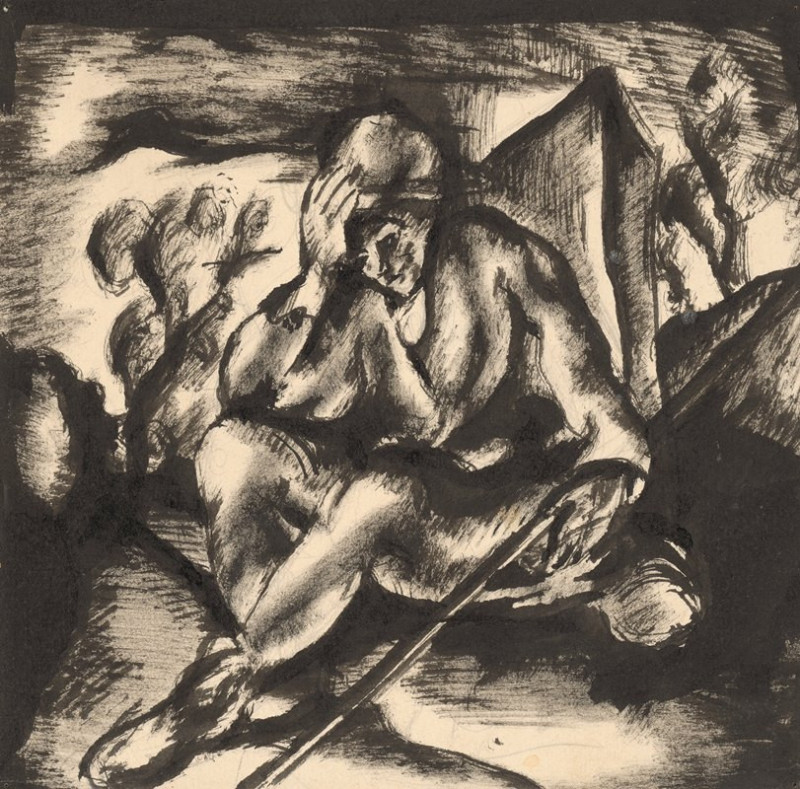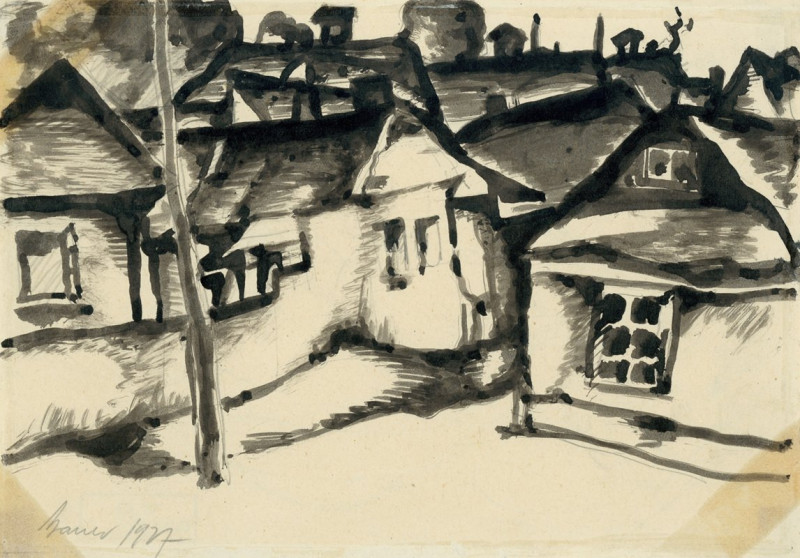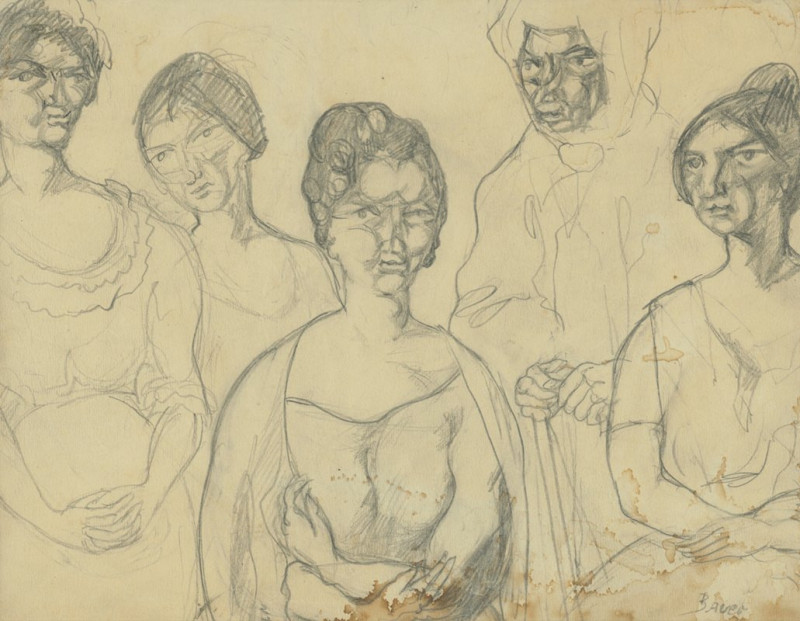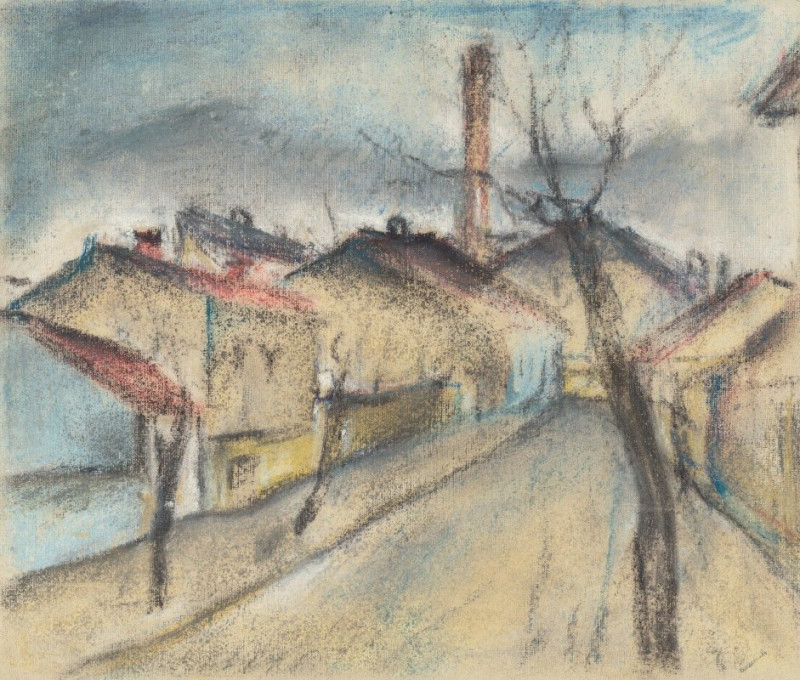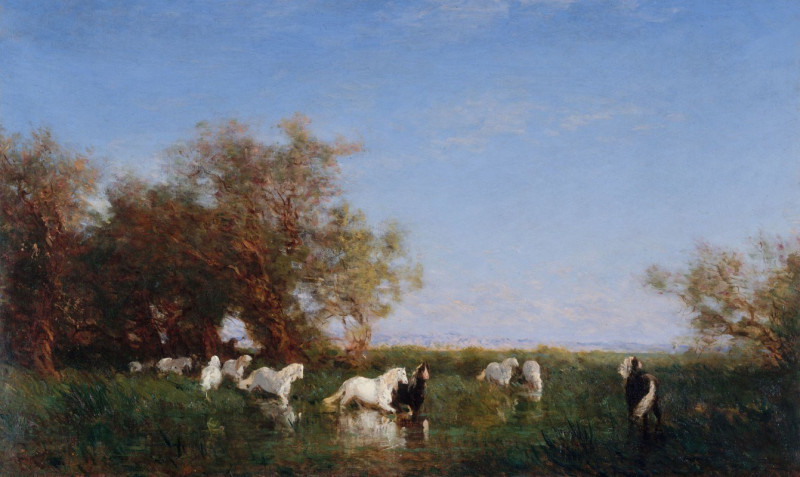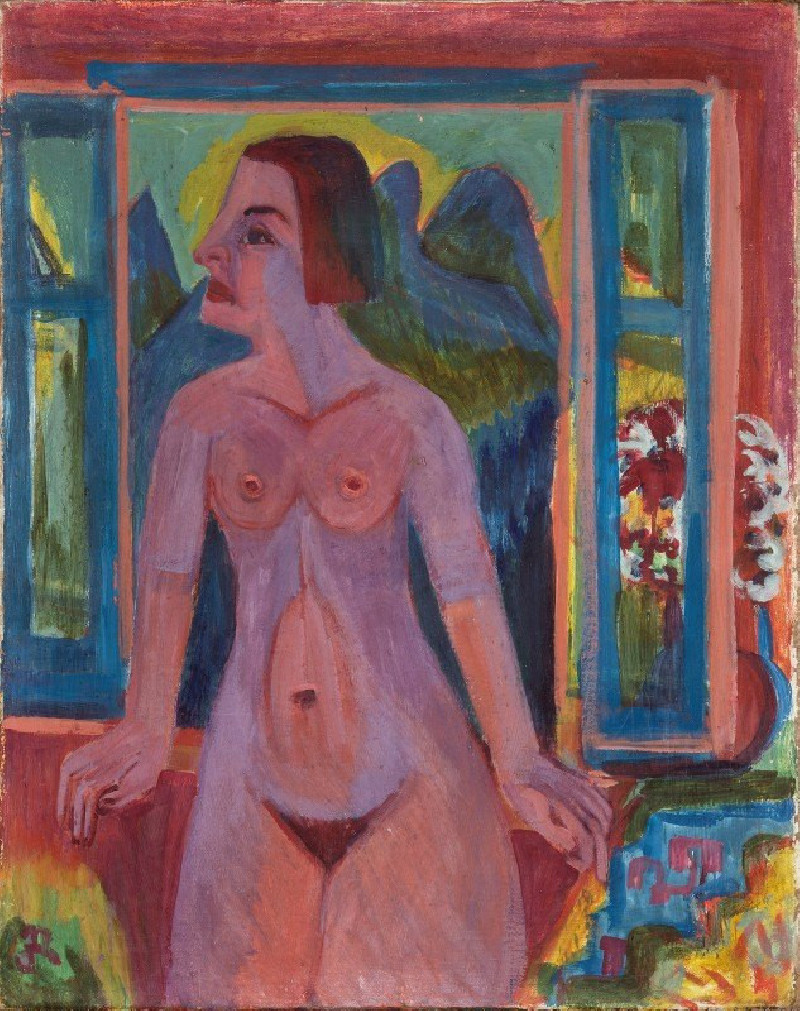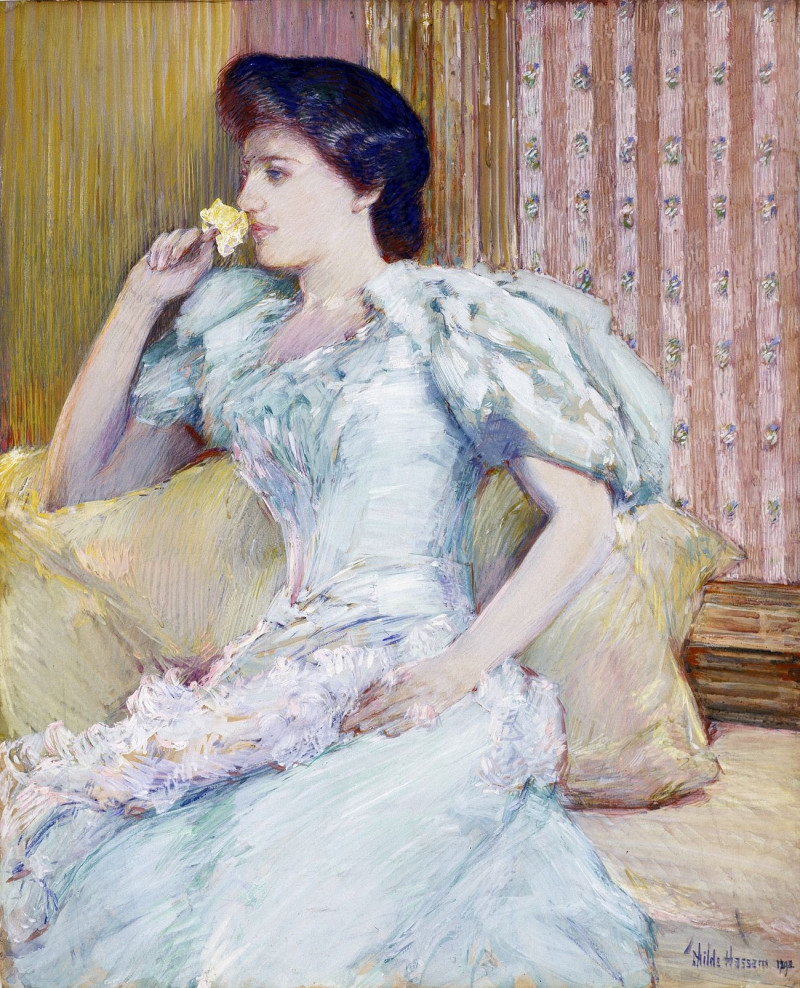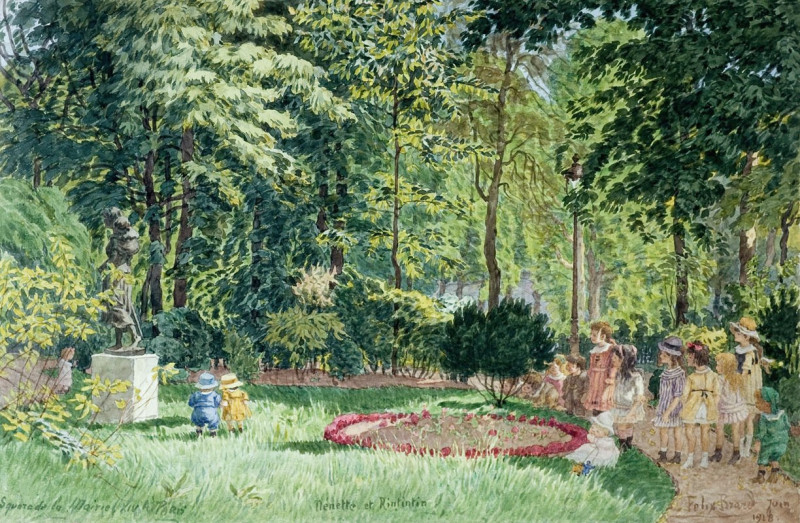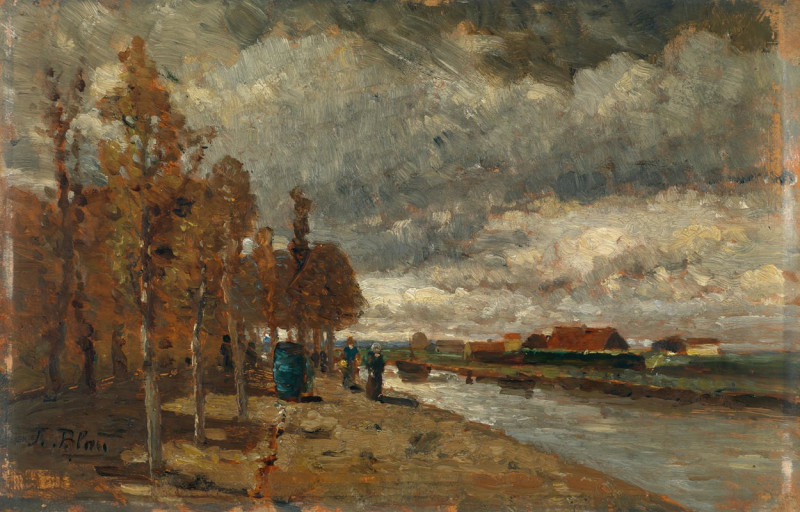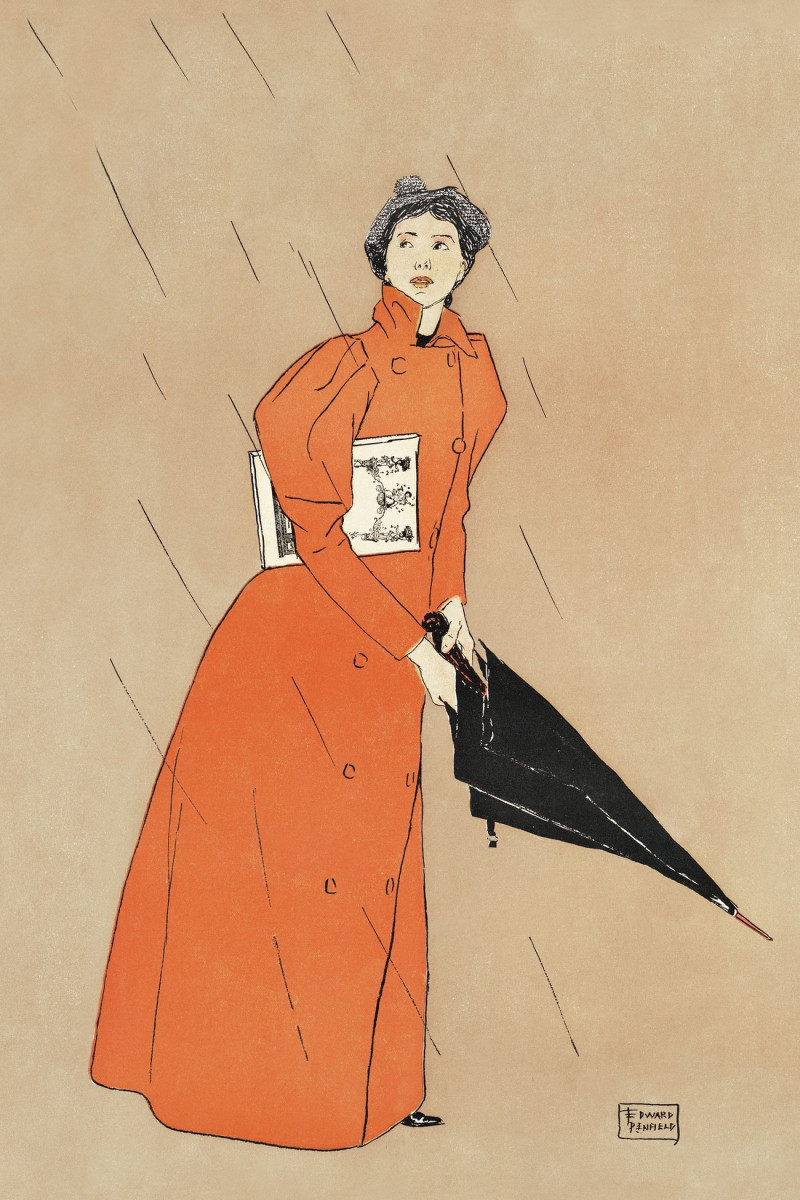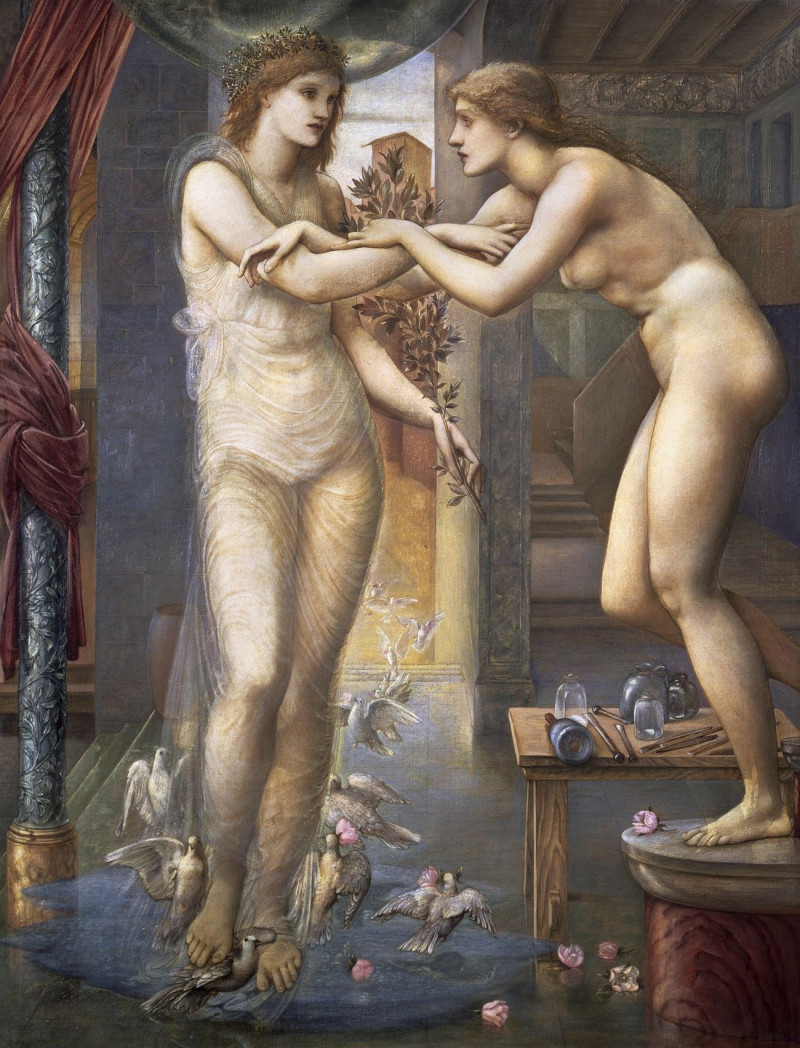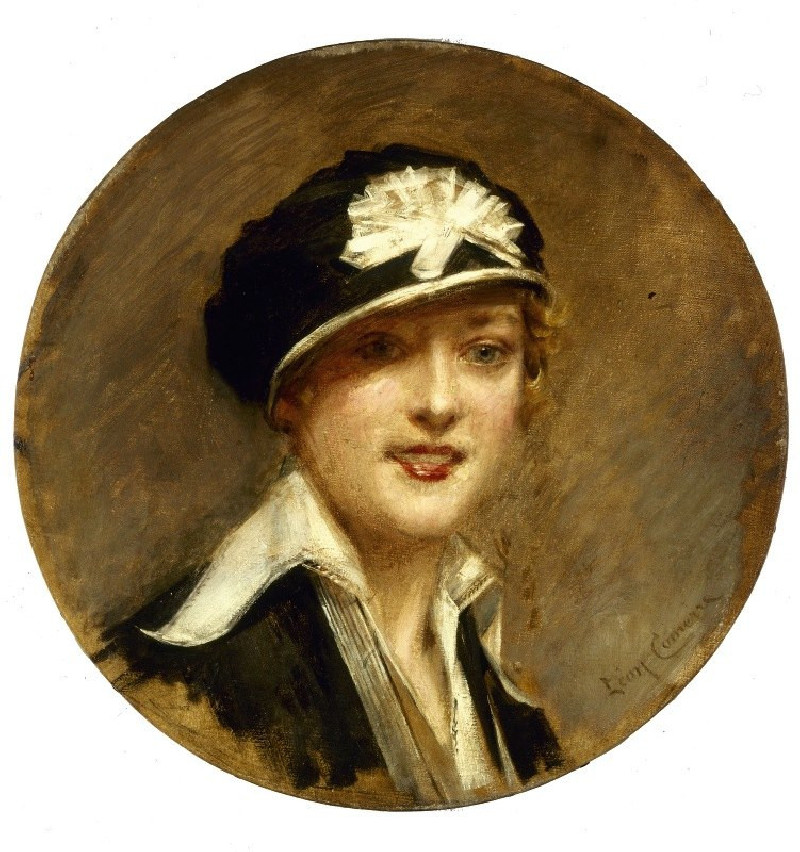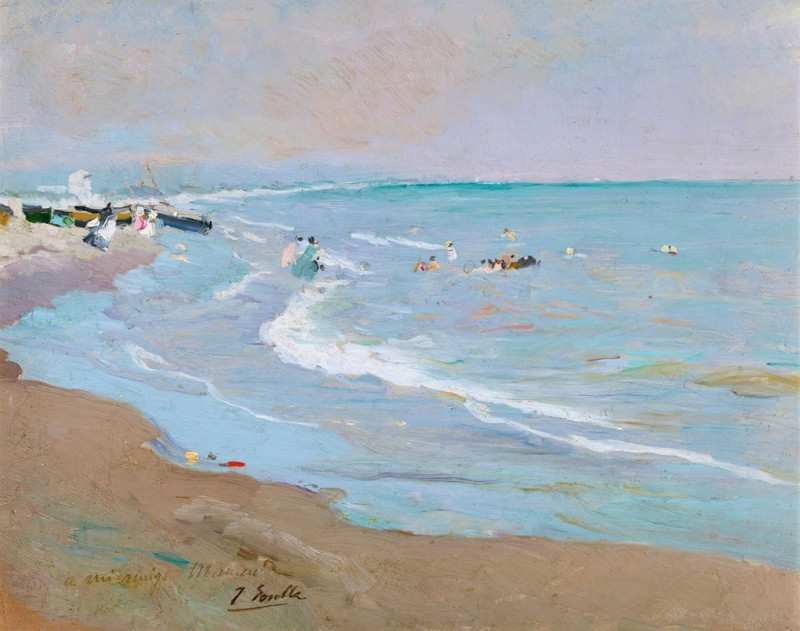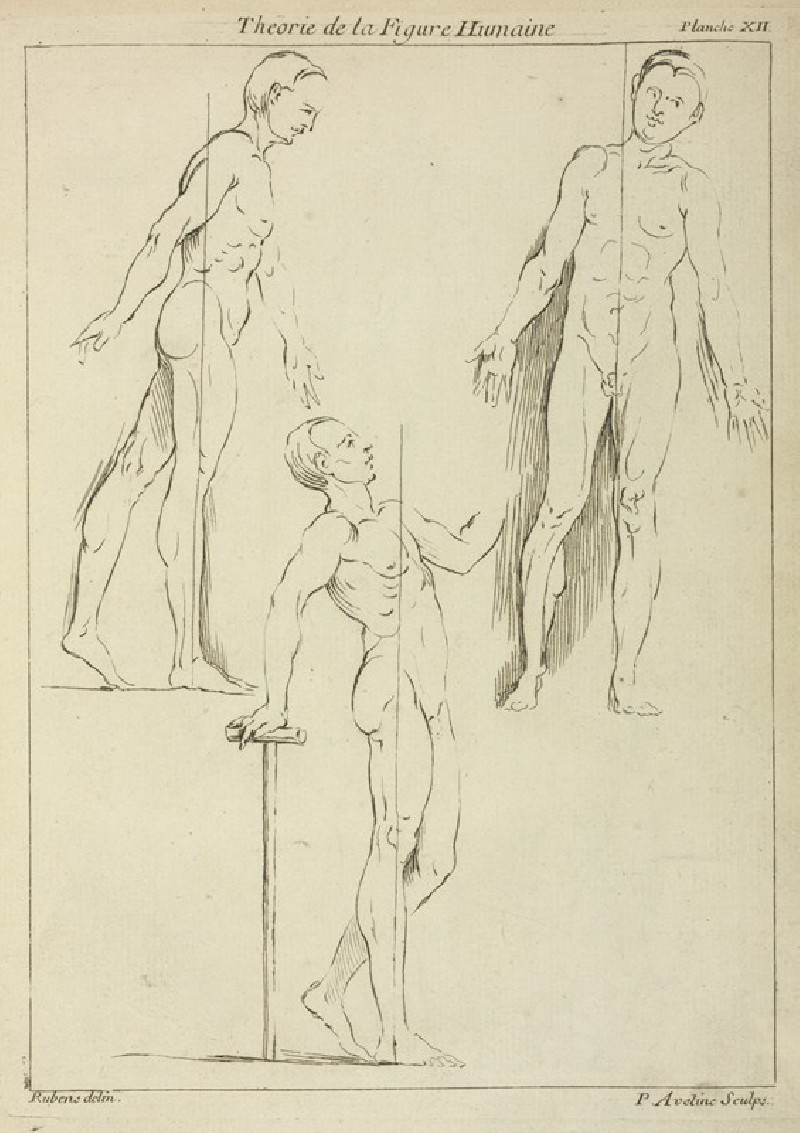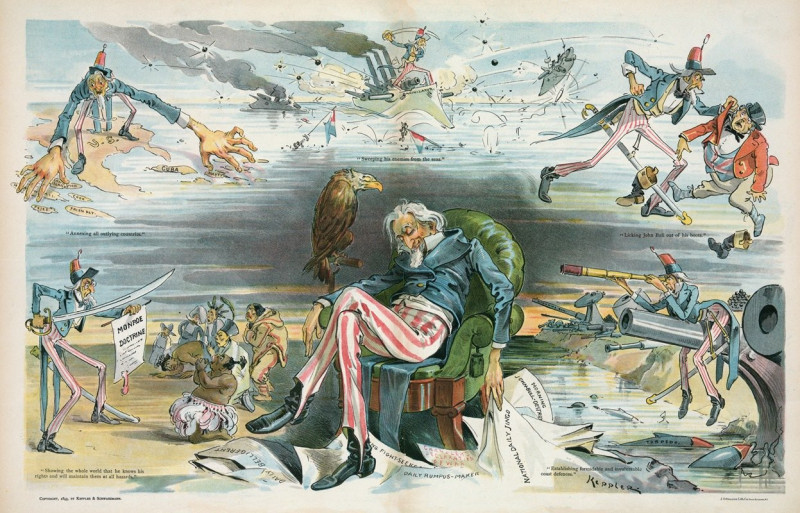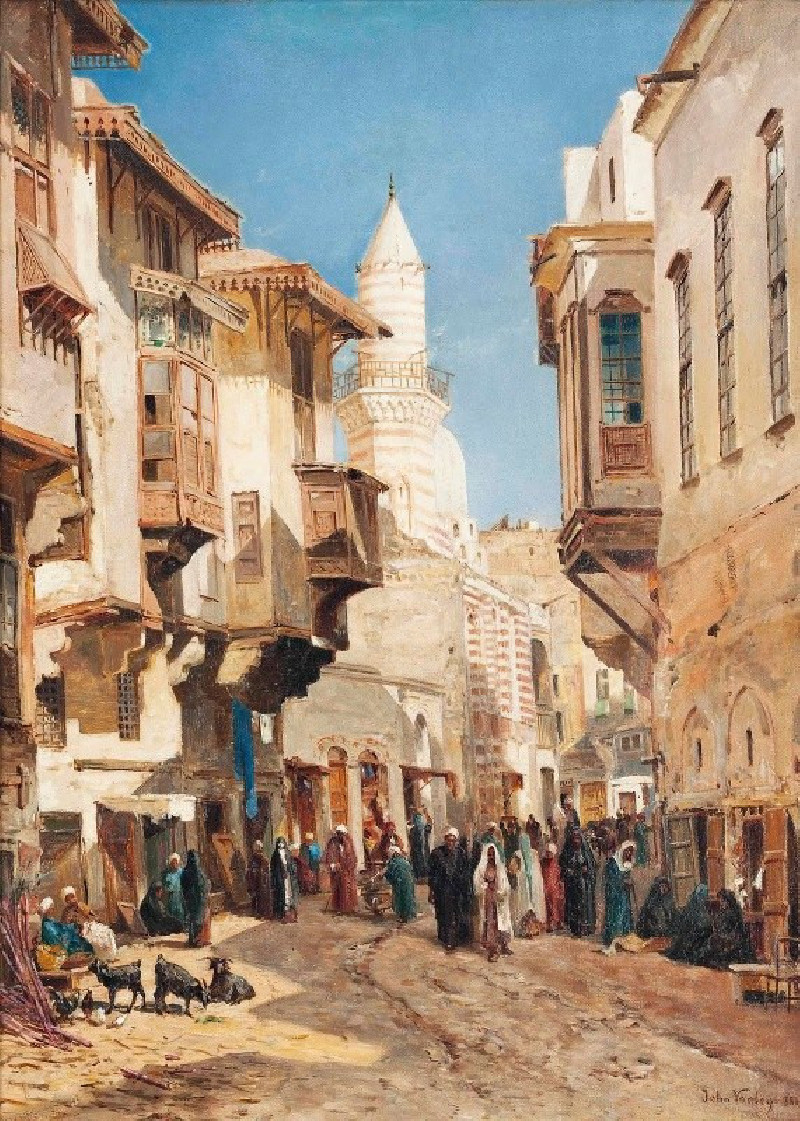Štúdia davu ľudí (1924–1928)
Technique: Giclée quality print
Recommended by our customers
More about this artwork
The sketch "Štúdia davu ľudí" by Konštantín Bauer, a masterpiece crafted between the years 1924 and 1928, presents a hauntingly raw portrayal of a crowd of people. Within this pencil sketch, Bauer delves deep into the multi-faceted nature of human conditions, exploring a range of emotions and interactions among the figures entwined within the mass. The artist captures the essence of human experiences, from isolation and despair to closeness and connection, all intertwined in the bustling energy of a crowd.The scene is a sea of figures, where each character, though sketchily drawn, seems to have their own story, contributing to a complex narrative tapestry. The presence of skeletal figures and various expressions portrays experiences ranging from suffering and fatigue to moments of support and compassion. Bauer’s use of overlapping lines and figures allows us to feel the pressing closeness typical of crowds, evoking a sense of both community and chaos.Artistically, Bauer’s style could be characterized by its expressionistic overtones, using sketchy, almost urgent strokes that suggest dynamic movement and emotional depth. The background and peripheral areas of the sketch, with faint traces of faces and forms, suggest that the scope of expression and emotion goes beyond the immediately visible, hinting at a larger, interconnected human story.This intriguing sketch not only invites viewers to explore the visible interactions but also to consider the underlying emotions and societal critiques possibly reflected in the dense gathering of forms and faces.
Delivery
Returns
Konštantín Bauer was a Slovak painter.
Konštantín Bauer was born on November 24, 1893 in Slovenská Ľupča. He spent his childhood in Banská Bystrica. At the age of fifteen, he moved with his parents to Košice, where he graduated from high school. After graduating in mechanical engineering in Budapest in 1915, he worked briefly as an engineer in Novo Mesto pod Šiatrom. From 1916 to 1918 he worked as a railway engineer in Transylvania and then as a civilian employee at the Ministry of War in Vienna.

